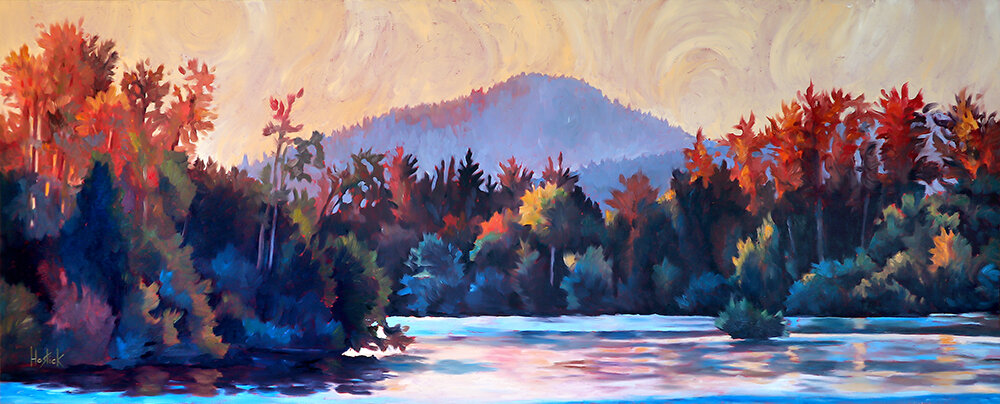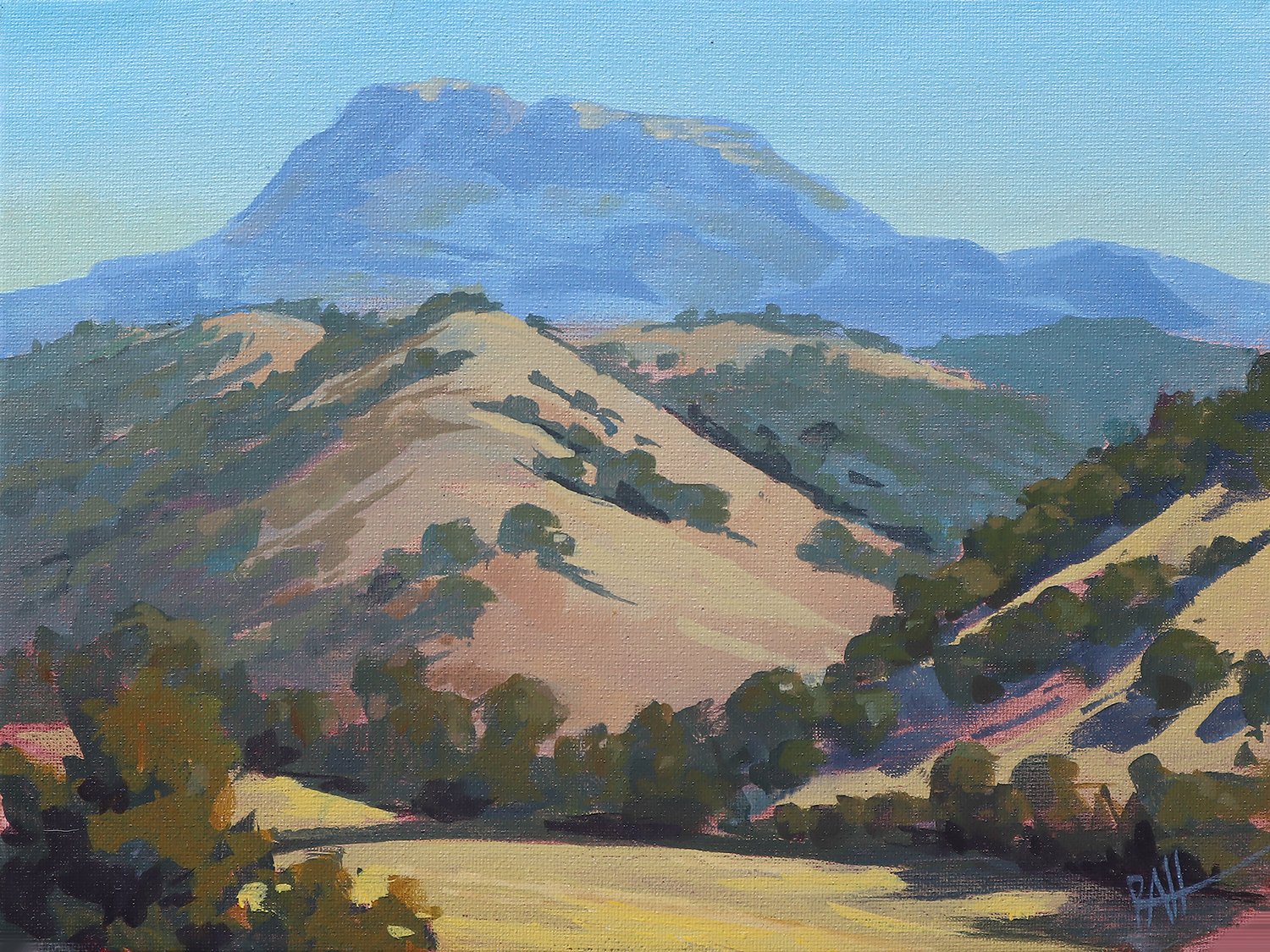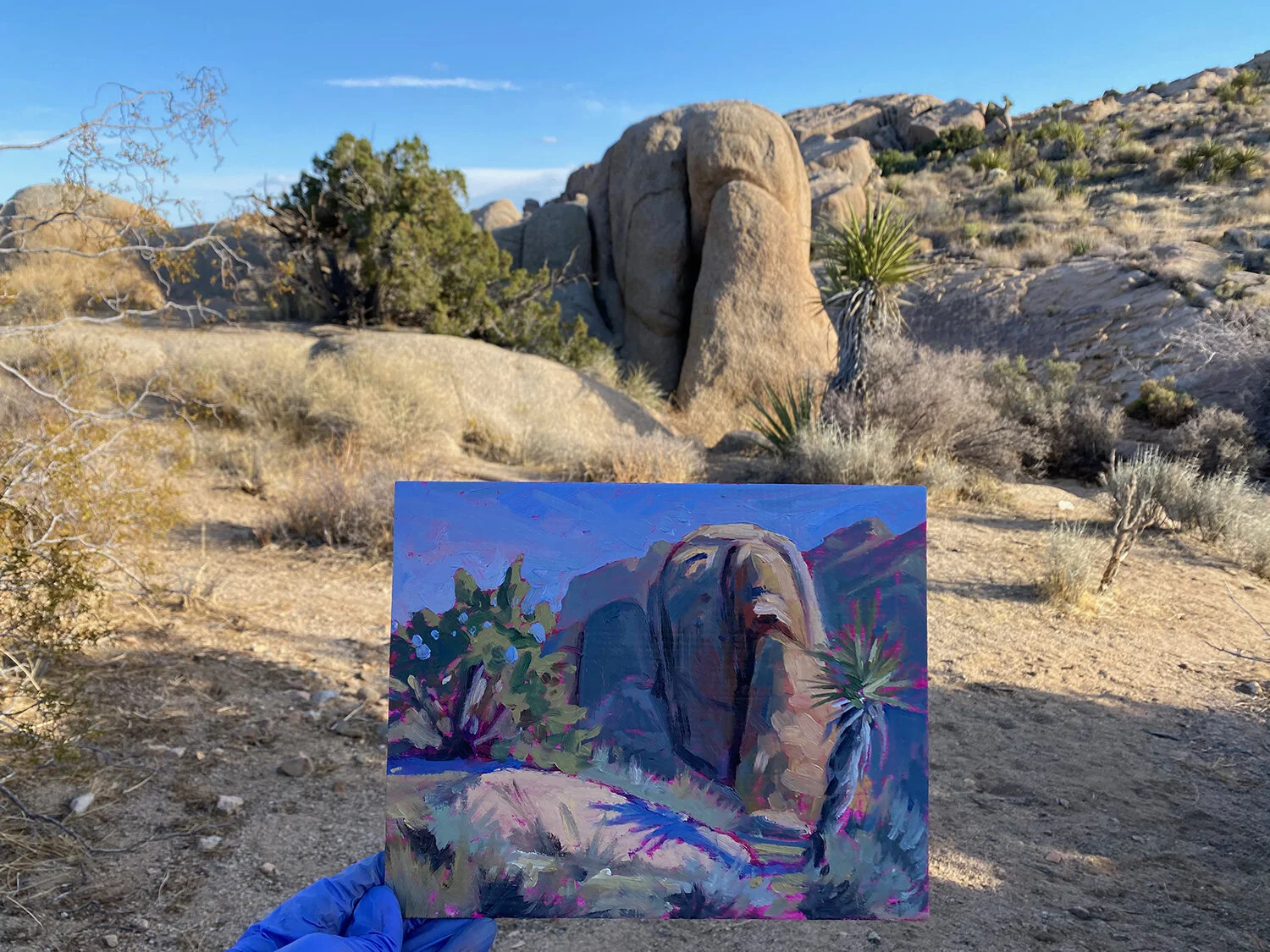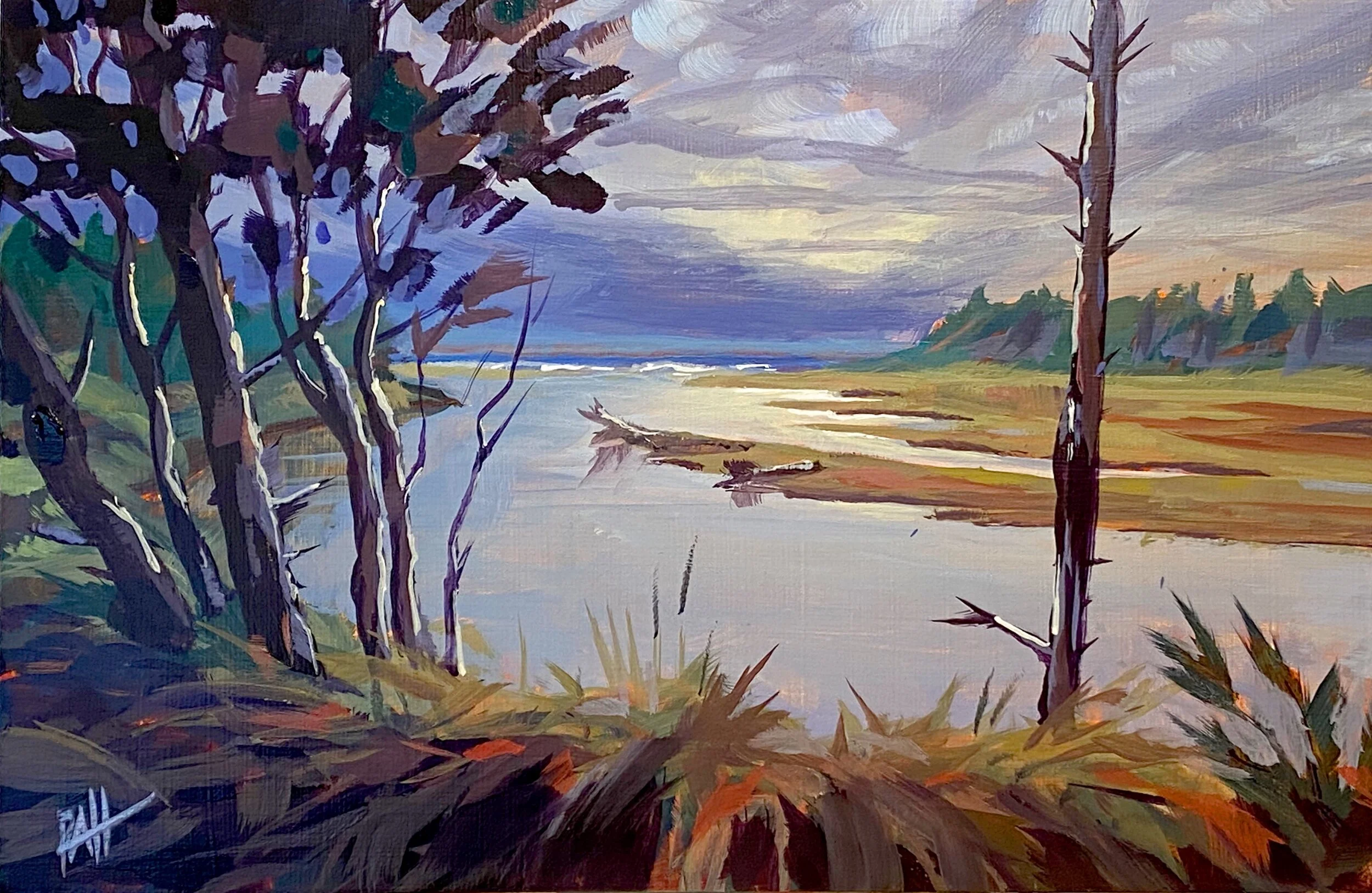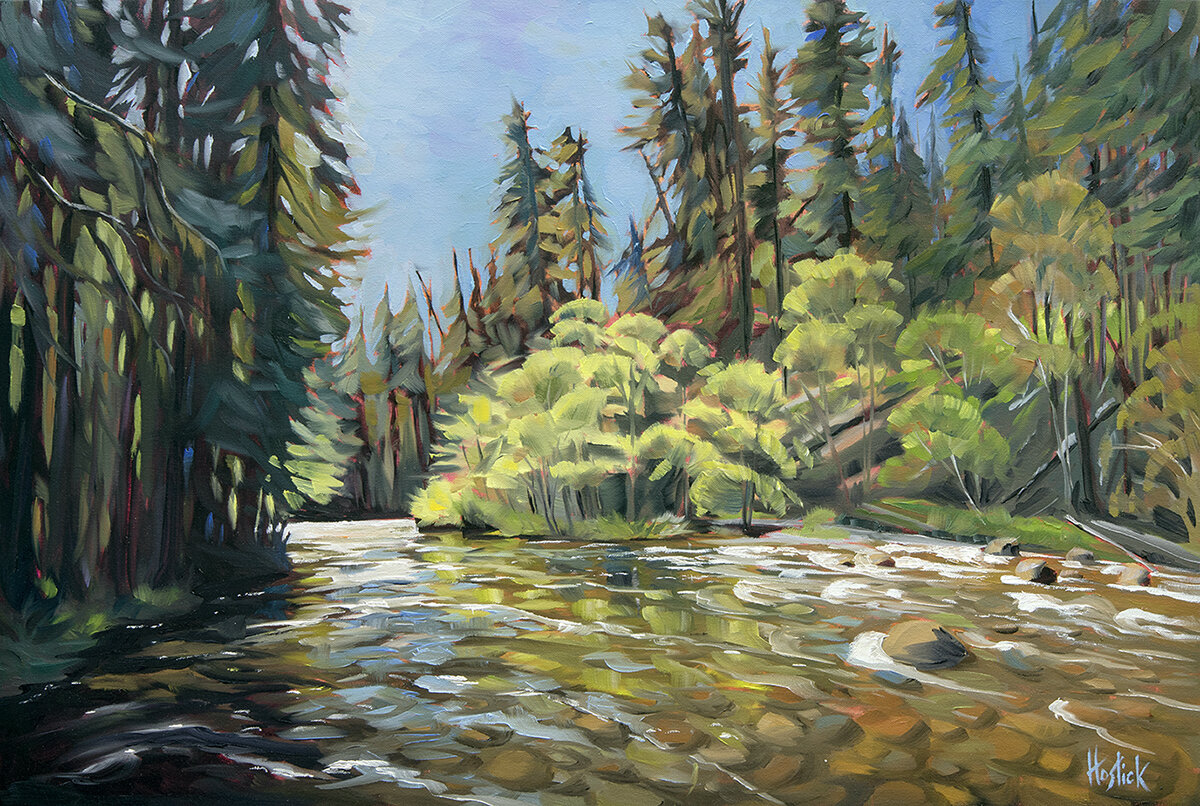As my friends and colleagues know, I’ve had a long and wonderful career as a landscape architect, then an urban designer, and then leading the planning department for the City of Eugene. Serving our community for many years was immensely rewarding. Before that, I worked in landscape architecture design firms in Portland OR, Germany, and Maine, creating beautiful places for people, as well as habitat restoration, waterway improvements, and other cool projects. Before that, I worked in archaeology, digging and sifting human history for hundred-hour stints in the baking sun. In all these career paths, I grew in ways I’d never thought of before.
That’s a dense summary for a lot of fun and intense work. I may expand on that someday – all of these are big influences on my art – but what I want to share with you is where I am today and why.
A few months ago, I decided it was time for a change. Maybe you can identify with this. It’s like, you wake up one day and think, wow, time is going by and there’s something out there I still need to do.
After a few years in most jobs, we know what we’re doing. We may even really enjoy it and be good at it. For me, when that learning curve tapers off, I get a little restless. The feeling of growth, even though its hard and can be painful and daunting, gives life meaning and richness. Life is about a lot of other things, too, like love and wisdom and experiencing all the wonderful things life has to offer. But on the level of personal fulfilment, I think it’s about growth.
Being a thoughtful guy, I spent probably way too much time writing and thinking about this. I’ve known all my life that art was something I’d like to engage in with my whole self – not just as a hobby, but as a way of life. I didn’t know how or when. Last summer I sat down to write about it, specifically all the experiences in my life that intersected with creating art. Sixty-five pages later, I realized I’ve always been an artist. It’s who I am. It’s in my nature.
I’ve had a lot of training as an artist and have been super lucky to have many wonderful teachers, including my very artistic family, all the way through my university years, and today (someday I’d like to write more about teachers, and all the unexpected ways they show up).
I’ve created hundreds of pieces of art. In fact, my very first job as a 15-year-old was as a freelance commercial artist using my airbrush to paint custom billboard signs of giant salmon for a local guide service. I learned later that my great grandfather was a commercial artist around the turn of the century, painting giant advertisement murals on barns in the Midwest.
However, despite a lifetime of study and practice, I don’t have a formal education as an artist. I’m not an insider in the world of art collectors, I don’t live in a big city, and I’m both inspired and humbled by so many talented artists out there today. So, who am I to call myself an artist?
This kind of thinking can be a big hurdle when you’re trying to follow your dreams. It’s easy to think of reasons not to do something scary. It’s just in our nature. Loss aversion, they call it. It doesn’t only apply to transactions – it applies to life in general.
As a guy with a with a thriving career and a family who knows the value of security, the reasons notto become an artist stacked up pretty high, I can tell you. Like high enough that I might have given myself a nervous breakdown making that decision.
But you know, there are many kinds of risks in life. There’s the risk of failure, the risk of loss, the risk of admitting you were wrong. But there are deeper kinds of risks, even existential ones. For instance, what’s the risk of waking up one day – when it’s too late – and realizing I’d never followed my passion? What if I’d let my whole life go by and failed to act? They say you regret the things you didn’t do more than the things you do. I’d take that advice with a grain of salt, but in this case, I think it might be true.
So, yeah. I took the leap. I have three hundred pages of angsty journaling to prove it.
After a brief period of decompression, like a week or two, I set myself to the task. I could describe the content of that task, but I think it might be better to just let it unfold here, in real time. Showing rather than telling is supposed to be the mantra of good writers, and I aim to please.
Will it be slow? Hard to say. Picture an albatross on a hilltop, wings outstretched, waiting for the breeze. Looking left, looking right.
But will it be interesting? For me, definitely. Hopefully for you, too. Next post, I’ll show you my studio.

